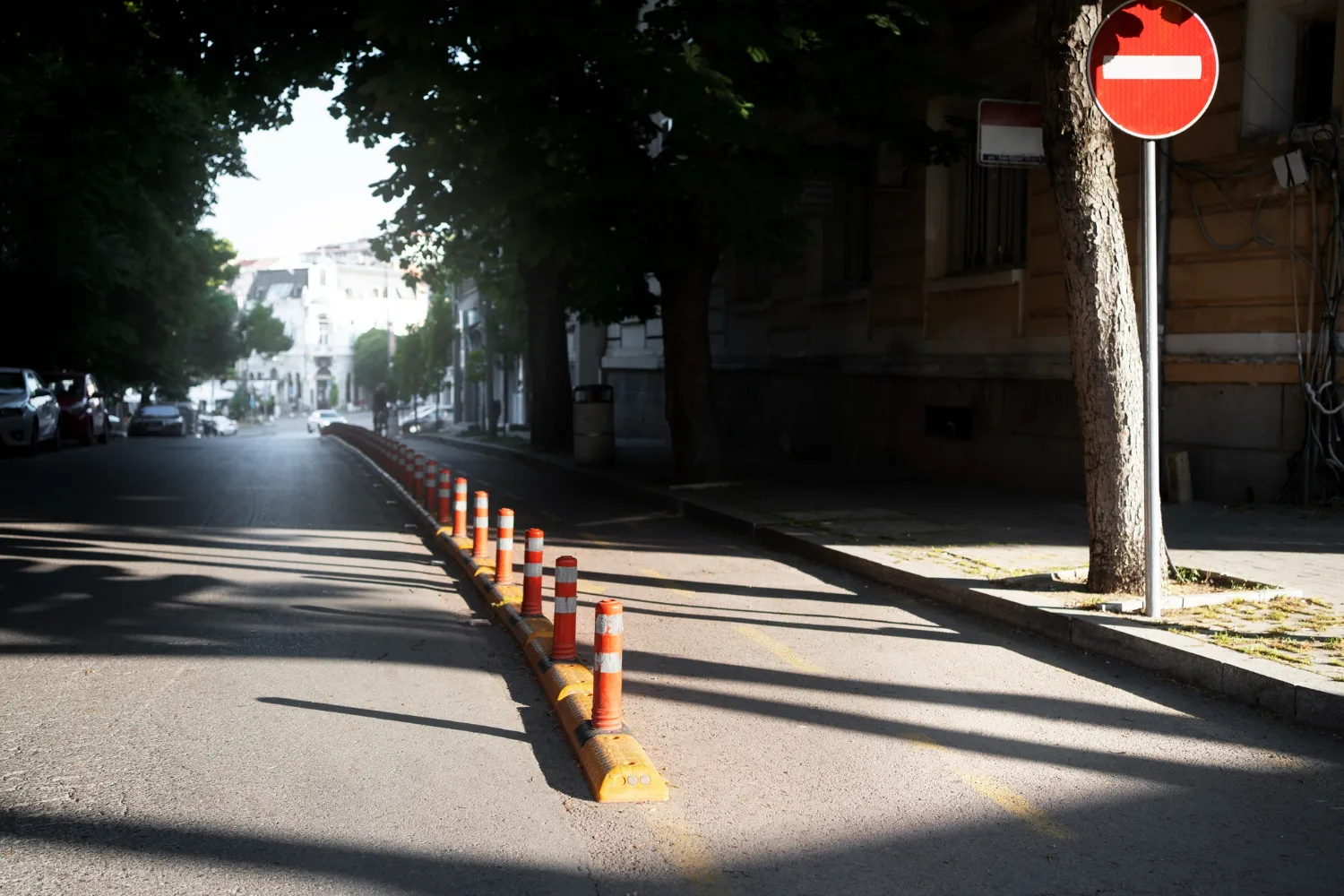

For builders, civil contractors and event teams who need safe, compliant pedestrian routes and faster approvals.
A Pedestrian Management Plan (PMP) sets how people move safely past your works. It sits inside your Traffic Management Plan (TMP) and is shown clearly on your Traffic Guidance Scheme (TGS/TCP) drawings so crews can set it out exactly. Done well, a PMP protects the public, reduces incidents, and shortens the path to council or VicRoads/DTP sign-off. In Victoria, councils generally manage road/footpath occupation on local roads, while the Department of Transport & Planning (VicRoads) authorises the use of traffic control devices on arterial roads via a Memorandum of Authorisation (MoA).
Across Australia, authorities reference the Austroads Guide to Temporary Traffic Management (AGTTM) for planning, design, implementation and monitoring. Aligning your PMP/TGS to AGTTM language (tapers, buffers, sight distance, device lists, monitoring) makes assessment smoother and on-site set-out safer.
Your pedestrian route must also stay accessible. Use the Disability Discrimination Act framework and the AS 1428.1 technical standard for widths, gradients, landings and handrails (where required). Even for temporary paths, assessors look for continuous accessible travel without steps and with compliant ramps.
Use this structure in your document and mirror it on your TGS:
Send your site address and dates and we’ll turn this checklist into a compliant PMP + TGS set
Shift pedestrians into the parking lane with water-filled barriers. Provide DDA-compliant ramps at each end, maintain minimum width, and add gantry lighting. Wayfinding every 25–50 m confirms the route. TGS shows scaled offsets, taper lengths and refuge points. Council consent is lodged with TMP/TGS.
For a 4–6 hour window, detour to the nearest signalised crossing. Mark marshal/refuge positions on the TGS, sign both approaches, and brief shops ahead of time. If frontage is on an arterial or devices encroach onto one, submit an MoA as well as council occupation.
Relocate the stop temporarily per operator advice; preserve tactile indicators and level access. Provide clear wayfinding to the temporary stop and include it on the TGS and notices. Coordinate with council and PT early to avoid resubmissions.
A strong pedestrian plan is simple on paper and powerful on site: align with AGTTM, keep routes accessible to AS 1428.1, submit the right approvals (council and when needed MoA), and allow realistic timeframes (plus ROC checks on declared arterials). Do those four things and you’ll keep people safe, cut delays and gain faster sign-off.
Yes, authorities expect scaled drawings showing the temporary path, devices, ramps and controller positions. The TGS is what crews build from. austroads.gov.au
Follow AS 1428.1 guidance for clear widths and landings; ensure unobstructed travel and no steps on the temporary route.
Provide lighting wherever visibility is reduced inside hoardings/gantries and along diverted routes so the path remains safe and legible after dark. Councils often state this in their TMP attachment lists/conditions. melbourne.vic.gov.au
If your plan uses traffic control devices affecting an arterial (e.g., lane closures, speed changes) you’ll need an MoA from DTP/VicRoads sometimes even on local roads for certain device uses. Check early.
Allow a practical ~10–15 business days for straightforward council occupations; expect longer for arterials, event periods or complex interfaces. melbourne.vic.gov.au
Our unparalleled expertise and support in managing traffic for your projects and events make us the glove-like fit for every one of your traffic needs.
Copyright © 2025 a2ztraffic. All Rights Reserved.